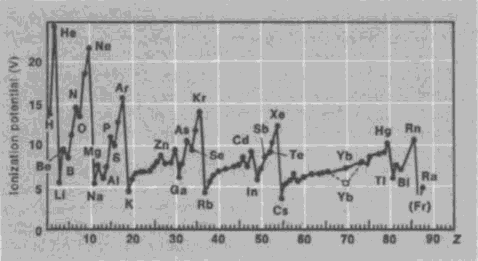Maker
Most folk just call me; Orange Joe
- Messages
- 10,585
- Location
- Keeler crater
I get the feeling only @hotrodder will know .
.
Does helium produce a "hotter" weld than argon because it has a higher ionisation energy?
Or is it because it has a higher electronegatavity? Or something else?
If it's related to electronegavity, would neon work as a shielding gas even hotter than helium?
What about other noble gasses, krypton, xenon or radon*? Supposing you could get your hands on a tank (I found datasheets for these (not radon of course) from Linde so it must be available), would they all produce a colder weld?
Or am I completely wrong and it's got nothing to do with ionisation energy or electronegativity?
*Theoretically, if we pretend it's stable and ignore the fact that it would decay into mostly lead within a week .
.
And on a similar note, would nitrogen work or will the temperature of the arc cause it to react? Would it work for back purging?
 .
.Does helium produce a "hotter" weld than argon because it has a higher ionisation energy?
Or is it because it has a higher electronegatavity? Or something else?
If it's related to electronegavity, would neon work as a shielding gas even hotter than helium?
What about other noble gasses, krypton, xenon or radon*? Supposing you could get your hands on a tank (I found datasheets for these (not radon of course) from Linde so it must be available), would they all produce a colder weld?
Or am I completely wrong and it's got nothing to do with ionisation energy or electronegativity?
*Theoretically, if we pretend it's stable and ignore the fact that it would decay into mostly lead within a week
 .
.And on a similar note, would nitrogen work or will the temperature of the arc cause it to react? Would it work for back purging?





 .
. for you backpurge
for you backpurge 

